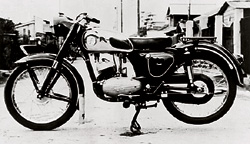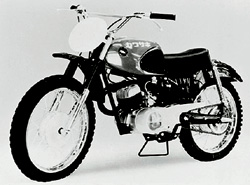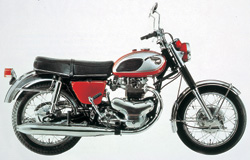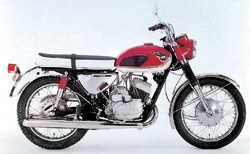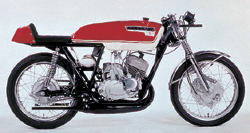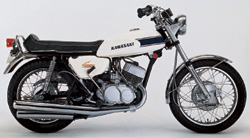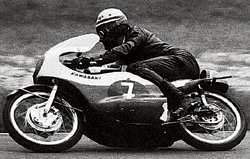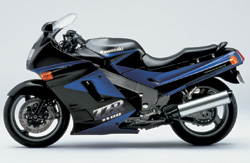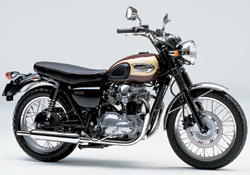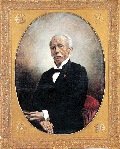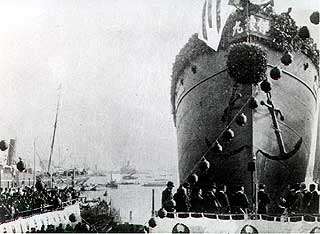| 0
|

|
The History of Kawasaki and it’s Founder
*** All Motorcycle Galleries *** beginning with 6 featuring 750cc Kawi Ninja Project Bike ***
GSX Before Pix Vintage Kawi Repair Ninja Reassembly Paint and Fiberglass Accessories and Other Kawi’s Kawi History
2 Honda Project Bikes Ariel Vincent Royal Enfield Velocette Norton Hog (H.D.) Custom and Show Miscellaneous
~~~~~~~~~~~~~~~~~~~~~Hold Mouse over pix to read Title~~~Click to Enlarge~~~~~~~~~~~~~~~~~~~~~
|
| Founded 1876
|

|
Kawasaki Heavy Industries has come a long way since it was founded in 1876 by Shozo Kawasaki.
Born in Kagoshima to a kimono merchant, Shozo Kawasaki became a tradesman at the age of 17 in Nagasaki, the only place in Japan then open to the West. He started a shipping business in Osaka at 27, which failed when his cargo ship sank during a storm.
In 1869, he joined a company handling sugar from Ryukyu (currently Okinawa Prefecture), established by a Kagoshima samurai, and in 1893, researched Ryukyu sugar and sea routes to Ryukyu at the request of the Ministry of Finance. More info at bottom of page Here
|
|
More than forty years have passed since Kawasaki started full-scale production of motorcycles. Our first motorcycle engine was designed based on technical know-how garnered from the development and production of aircraft engines.
|
|
Our entry into the motorcycle industry was driven by Kawasaki’s constant effort to develop new technologies. Over the years we have released numerous new models that have helped shape the market, and in the process, created many enduring legends based on the speed and power of our machines. In 1996, we produced our 10 millionth vehicle, a testament to Kawasaki’s ability to meet the needs of a wide range of riders. As Kawasaki continues to "Let the good times roll," our latest challenges will surely give birth to new legends.
|
| Motorcycle Production Begins 1949
|
| Jump to 1950s 1960s 1970s 1980s 1990s 2000 to 2003
|
| 1950s
|
|
1952
Design of the KE- 1 motorcycle Engine is completed. (Kawasaki Machine
Industry (the precursor to Kawasaki Aircraft Company), Takatsuki
factory). Aircraft engineers" began the development of the KE
(Kawasaki Engine) in 1949. Mass production starts in 1953. The
air-cooled, 148cc, OHV, 4-stroke Single has a maximum power of 4
HP at 4,000 rpm.
|

|
|
1955
"Production
of the KB-5 Motorcycle Engine starts. (Kawasaki Aircraft Company,
Kobe Plant). Its responsive torque at low and mid rpm, and outstanding
characteristics give it a good reputation among riders. For the
next 10 years the KB-5 received a number of updates and provided
the base for Kawasaki’s 125cc motorcycle engine. In the same year, the Meihatsu 125-500 was released, equipped with the KB-5 engine.
|
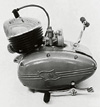
|
| 0
|
| 1960s
|
| 0
|
|
1960
In 1960 Kawasaki completed construction on a factory dedicated exclusively to motorcycle production and sales of the Kawasaki ’125 New Ace’ commenced.
|
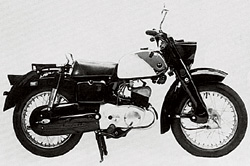 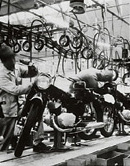
|
|
1961
In 1961 sales of the Kawasaki brand motorcycles, the Kawasaki Pet and Kawasaki 125B7, commenced. Using the most advanced materials of the time, the curved surface compositions of these motorcycles gave them a high-sense of design.
|
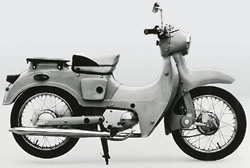
|
|
1962
In 1962 sales of the Kawasaki 125B8 commenced. Developed and manufactured exclusively by Kawasaki Aircraft Company, the B8’s low-end torque, quiet engine and supreme durability earned it the reputation as the No. 1 practical use bike.
|
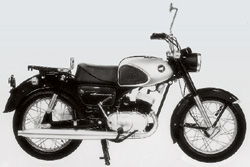
|
|
1963
In 1963, the B8M Motocrosser took the top 6 positions in the Hyogo Prefecture Motocross Tournament.
|
|
1977
In 1977 sales of the Z1-R (1000cc) commenced. It was a real-style café racer and the Z1-R’s stylish appearance received great praise overseas.
|

|
|
1978
In 1978 sales of the Z1300 commenced. Weighing-in at 1300cc, the liquid-cooled, 4-stoke, DOHC In-line 6-cylinder "Dreadnaught" was the largest Japanese manufactured motorcycle engine. Its release at the Cologne Motor Show marked the beginning of the Kawasaki Monster Legend.
|

|
|
1979
In 1979 sales of the Z400FX commenced. It was the first air-cooled, 4 stroke, DOHC In-Line-Four in its class and the "FX" made a name for itself. It’s large frame, compact engine and no-compromise quality made it a big hit.
|

|
|
1979
In the same year, the Z750FX and the Z250FT were released and Kawasaki enjoyed a favourable reception.
|
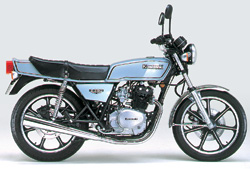
|
|
1979
Also in the same year, the first Japanese mass-produced belt-driven motorcycle, the KZ440LTD, was manufactured for the US market. This was one example of Kawasaki’s "Spirit of Embracing Challenge".
|
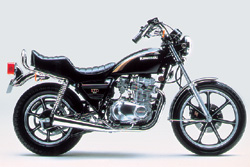
|
|
1979
The same belt-drive technology was used in two domestic models, the Z250LTD, and the Z400LTD starting in 1983.
|
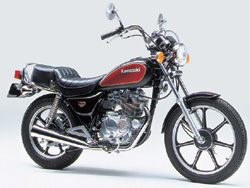
|
| 0
|
| 1980s
|
| 0
|
|
1980
In 1980, overseas sales of the Z1100GP commenced. It was the first model in the supersport GP line-up to feature DFI (Direct Fuel Injection) and an oil cooler.
|
|
1981
In 1981 Kawasaki won the manufacturer’s title in the FIM World Road Racing 250cc class Championship for the fourth year in a row. The machine that won was the KR250. A. Mang won the title in both the 250cc and 350cc classes.
|
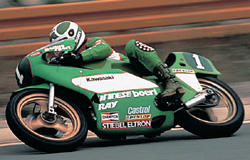
|
|
1981
Also in 1981, sales of the AR50 commenced. This bike was Kawasaki’s first 50cc sports model and it was also the first 6-speed motorcycle in its class.
|

|
|
1982
In 1982 sales of the Z400GP, a domestic model in the GP line-up, commenced.
In the same year, overseas sales of the Z1000R commenced. The legendary model was a limited edition replica that commemorated Eddie Lawson’s 1981 AMA Superbike Championship victory. Based on the Z1000J, the "Lawson Replica" featured the latest technology, like an oil cooler and lime green colouring.
|
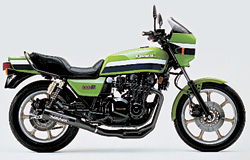
|
|
1982
Also in the same year, overseas sales of the GPz1100 commenced. The new sports model featured DFI and Uni-Trak suspension. The following year, sales of the other models in the series, the GPz750 and GPz400 commenced.
|

|
|
1983
In 1983 the Z750 Turbo was released. Often referred to as "the pinnacle of air-cooled machines" at Fuji Speedway and a like, this model was Kawasaki’s first turbo-charged supersport.
In the same year the GPz900R was released in Monterey, California at a press introduction and test riding session. Sales of the first "Ninja" (US naming) commenced the following year.
|

|
Ninja named "Bike of the Year"
The GPz900R rocked the world when it was first released. The new model was equipped with Kawasaki’s first liquid-cooled, DOHC, 16-valve 4-cylinder engine (max power of 115 PS) and a light, compact chassis. With a top speed of the more than 250km/h and a 0-400m time of 10.552 s, the GPz900R rewrote the motorcycle record books and took the top spot as the world’s fastest bike. When sales started in 1984, the GPz900R was named "Bike of the Year" by magazines all over the world. Its side-drive cam, diamond frame, unique full fairing and other features distinguish it from competing models and earned it great popularity. The GPz900R received various refinements over the years. It continues to be manufactured today and it still retains its popularity.
Also in 1983, sales of the domestic GPz750R commenced. From this point on, many Kawasaki motorcycles feature liquid-cooled DOHC engines with 4-valve heads.
|
|
1984
In 1984 sales of the Vulcan 750, Kawasaki’s first V-Twin American-style Cruiser, commenced.
In the same year sales of the KR250, a replica model of Kawasaki’s FIM World Championship-winning racer, commenced.
|
|
1985
In 1985 sales of the Eliminator (900cc) commenced. The new Sports-Cruiser used the engine from the GPz900R.
|
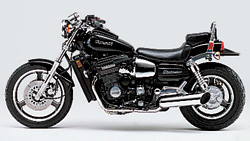
|
|
1985
In the same year sales of the 250 Casual Sports commenced. Nicknamed the "CS", it featured a liquid-cooled DOHC Single cylinder engine.
|

|
|
1985
Also in the same year, the first Japanese mass-produced belt-driven motorcycle, the KZ440LTD, was manufactured for the US market. This was one example of Kawasaki’s "Spirit of Embracing Challenge".
|

|
|
Also in 1985, overseas sales of the KDX200 commenced. The new Enduro model had an air-cooled Single cylinder engine that featured the newly developed KIPS power valve.
As well, sales of the GPz400R commenced. The GPz1000RX, GPz600R, GPz250R and the fairingless FX400R completed the supersport line-up.
|

|
|
1986
In 1986 sales of the GPX7550R, a full-fairing supersport model, commenced.
Sales of the GPX250R and the GPX400R commenced the following year.
|

|
|
1987
In 1987 sales of the KS-I (50cc) and the KS-ii (80cc) (both small-sized dual-purpose models with air-cooled single engines) commenced. The new machines allowed riders to enjoy both on-road and off-road fun. The bikes marked the beginning of the "Superbikers’ Mini Racer" boom.
|

|
|
1988
In 1988 Atsushi Okabe won the All-Japan Motocross Championship for the second year in a row riding a KX125SR.
|
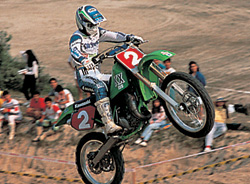
|
|
1988
In the same year overseas sales of the ZX-10 (1000cc) commenced. The new machine featured an extremely rigid aluminium E-box frame that was inherited from Kawasaki works racing motorcycles. With a light weight of 225 kg, it had a top speed of 270 km/h and guarantied Kawasaki’s position as the fastest motorcycle in the world.
Also in the same year, sales of the ZX-4 (400cc) commenced in Japan.
|
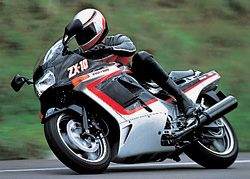
|
|
1989
In 1989 sales of the ZXR Series, including the ZXR750 and the ZXR400, commenced. These supersport machines had styling identical to that of the Kawasaki works racers.
In the same year sales of the Zephyr (400cc) commenced.
|

|
|
1991
In 1991 sales of the Balius (250cc) commenced. The new naked sports model featured a liquid-cooled DOHC 4-cylinder engine.
|
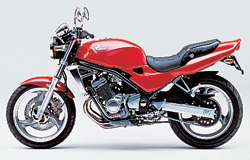
|
|
1991
In the same year sales of the Estrella (250cc) commenced. The new classic sports model features an air-cooled single-cylinder engine.
|
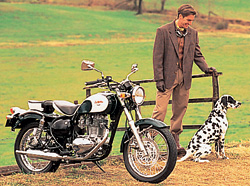
|
|
1992
In 1992 the Kawasaki ZXR560R won its first Daytona 200 AMA Superbike title and Scott Russell won the rider of the championship award.
In the same year, sales of the Xanthus (400cc), a road sports model with innovate styling, commenced.
|
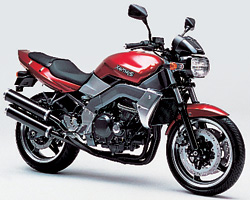
|
|
1993
In 1993, during the FIM Endurance World Championship, Kawasaki racers won the Le Mans 24-Hour Race for the first time riding on the ZXR-7.
In the same year overseas sales of the Ninja ZX-9R (900cc), commenced. The new supersport model featured an aluminium frame.
|
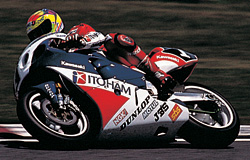
|
|
1994
Marked the fourth year in a row that Kawasaki won the FIM Endurance World Championship series. The bike that earned Kawasaki the title of "Endurance King" was the ZXR750R.
In the same year sales of the ZRX (400cc) commenced. The new naked sports model combined straight-line powerful styling with a refined version of the ZZ-R400’s engine.
|
|
1996
In 1996 sales of the GPz1100 ABS commenced. The new supersport model featured an anti-lock braking system.
In the same year sales of the Zephyr c (400cc) commenced. The new road sports model featured an engine with 4-valve heads.
|

|
|
1996
Also in the same year, sales of the Vulcan 1500 Classic commenced. The new American-style Cruiser featured a v-Twin engine and was considered the world’s largest displacement mass production motorcycle.
|
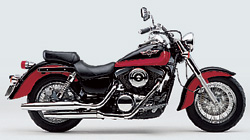
|
|
1996
As well, sales of the ZRX1100 commenced. The new Large-displacement road sports model features a bikini cowl.
|

|
|
1997
In 1997 sales of the Super Sherpa (250cc) commenced. The new multipurpose off-road models was and still is the ideal wilderness partner.
|
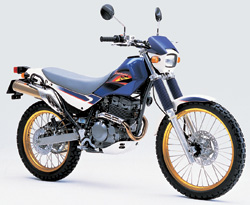
|
|
1998
In 1998 sales of the D-Traker (250cc) commenced. Featuring a liquid-cooled 4-valve Single-cylinder engine, the D-Tracker created a new category of motorcycle.
In the same year, sales of the Z650, a re-release of the popular W1, commenced.
|
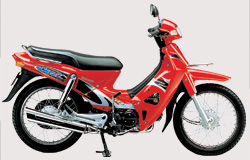
|
|
2001
In 2001 sales of the ZRX-1200 commenced. The successor to the ZRX1100 featured an increased displacement and came in one of three styles; the half-cowled ZRX1200S, the bikini-cowled ZRX1200R and naked ZRX1200.
|
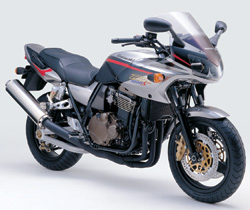
|
|
2001
Bikini-cowled ZRX1200R
|

|
|
2001
Naked ZRX1200
|
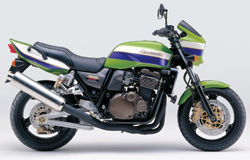
|
|
2001
In the same year sales of the Vulcan 1500 Mean Streak commenced. The sporty new Cruiser combined a long and low chassis, high performance components and custom styling.
|

|
|
2002
In 2002 sales of the ZZ-R1200 commenced. An evolution of the famous ZZ-R1100 superbike, the new supersport tourer combines superbike performance, sport touring comfort and avant-garde styling.
|
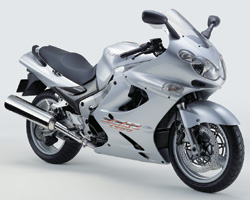
|
|
2002
In the same year sales a kids enduro model called the KLX110 commenced.
|

|
|
2002
Also in the same year, sales of the 250TR commenced. The domestic-market retro street bike gained popularity among young riders
|

|
|
2003
Sales of the Ninja ZX-6R (636 cm3) and the Ninja ZX-6RR (600 cm3) commence. Designed to be the quickest circuit bikes in their class, these completely redesigned Sixes feature many components usually found only on race machines.
|

|
|
2003
Sales of the Z1000 commence. Released 30 years after the legendary Z1, the new "Super-Naked" combines top-level supersport components with a design that is unmistakably Kawasaki.
|

|
| 0
|
| More about Shozo Kawasaki
|
| 0
|





